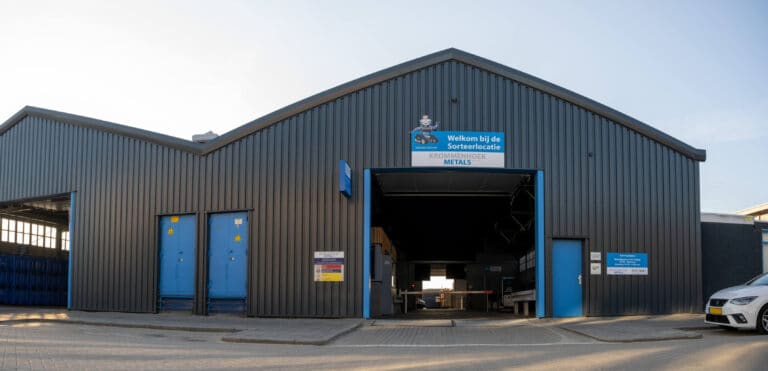Rhodium the best of the best?
In March 2020 we wrote an article (in Dutch) about precious metals and that not all what shines is gold. The Corona pandemic just started, and the stock market decreased drastically worldwide. Traditionally, this is the moment of gold to literally “shine”, because this is seen as a safe haven.
How different does the world look right now, almost a year later? The Corona pandemic is still ongoing worldwide. In the second half of 2020 a serious prospect for a developed vaccine was announced to the world, which is now actually rolled out for large parts of the population. With this, the recovery of the stock market started and with it the decline of the gold rate. After all, everyone sells their beloved gold and gets back into shares, in the hope that they can benefit from the predicted recovery of the economy. It is not without reason that Volkskrant noted that many individuals have entered the stock market, in an article with Simone Huis in ‘t Veld. First, they took 5% of the stock market trade for their choosing, last year this was 8%.
In our graph of last year, gold recorded more than € 50 per gram. At the time of writing, the price is € 46,50 per gram. Therefore, this price has decreased by more than 7%. How different does it look for Rhodium. In March 2020 we recorded €162,77 per gram. At that time, Rhodium was already worth more than three times as much as gold. At the moment, the price is € 693 per gram, an increase of an unprecedented 676%. Platinum has also seen a significant increase. In March 2020 the rate was € 21,92 per gram and we currently quote € 32,40 per gram, an increase of more than 30%. Only palladium stagnated around € 64 per gram, which is historically still very high.
Is the price increase, of Rhodium in particular, a result of speculation, or is there more to it? It seems a bit forgotten due to the Corona crisis, but we are also still in the midst of a climate crisis. This means that climate goals must be achieved by all those involved who have signed the climate agreement. In this agreement, 195 countries, including the Netherlands, have agreed to limit the increase of the average world temperature to well below 2 degrees Celsius, and if possible, to 1,5 degrees Celsius, by 2050. In order to achieve this, we have to decrease our emissions. Think of purchasing an electric car, instead of cars that are propelled by fossil fuels such as gasoline and diesels. Diesel and petrol car manufacturers can’t simply be pushed away from the market and are developing technologies to clean the fuels by means of a catalytic converter. These catalysts contain precious metals, such as platinum, palladium and yes, also rhodium. Despite the fact that car sales have declined worldwide due to the Corona pandemic and more and more electrically powered vehicles are being purchased, car manufacturers still bet on their products. China, once again, appears to be an absolute gamechanger. In October 2020, President Xi Jing Ping announced that China wants to be climate neutral by 2060. Car sales in China are still growing and a lot of European cars are shipped there, including catalysts that must burn cleaner according to the new Chinese regulations. These catalysts contain more precious metals.
This fact, and the fact that production in the world’s largest Rhodium producer, South-Africa, has been shut for quite some time due to the Corona pandemic, causes enormous shortages in production. This causes the price to rise significantly. Despite the fact that the mines have started up again, the backlog is not easily overtaken, and substantial shortages are also expected for 2021. This will not rule out further price increases.
The above situation indicates the importance of recycling once again. Old catalytic converters from scrap cars can easily be recycled and reused for the production of new catalytic converters. Krommenhoek Metals in Rotterdam has a complete factory where the catalysts are cut, ground and blended in proportions that are desired for the refiners to recover the platinum, palladium and rhodium.
Terug
